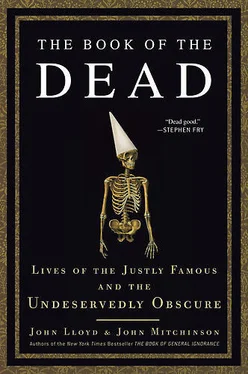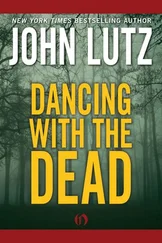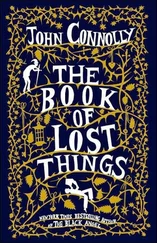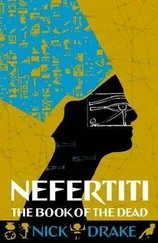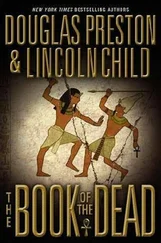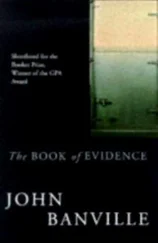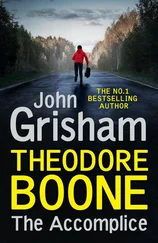I would not touch the hair of other people except, perhaps, at the point of a revolver. I would get a fever by looking at a peach and if a piece of camphor was anywhere in the house it caused me the keenest discomfort. I counted the steps in my walks and calculated the cubical contents of my soup plates, coffee cups and pieces of food, otherwise my meal was unenjoyable. All repeated acts or operations I performed had to be divisible by three and if I missed I felt impelled to do it all over again even if it took hours.
At nineteen Tesla went to study electrical engineering at the Austrian Polytechnic in Graz. He was an astonishing student, able to solve mathematical problems almost before his teachers had finished writing the formulas on the blackboard. In his spare time, he taught himself five languages, committed large chunks of Goethe and Shakespeare to memory, and plowed his way through the complete works of Voltaire. “I learned, to my dismay, that there were close on one hundred large volumes in small print which that monster had written while drinking seventy-two cups of black coffee per diem.” Like John Dee, he set himself a punishing work schedule, studying for up to twenty hours a day and sleeping less than three hours a night. He also indulged in more traditional student pursuits: drinking, smoking, gambling to excess, and, briefly, falling in love with a girl called Anna. This period of his life came to an abrupt end when he lost all the money his father had sent him for his studies in a card game. Deeply ashamed at what he had done, he gave up gambling and smoking for good and forswore all further contact with women.
While at Graz, Tesla encountered the Gramme dynamo, the cutting edge of electrical engineering at the time. It was a dual-purpose machine that when supplied with mechanical energy generated electricity, and when supplied with electrical energy could be used as a motor to drive things. Tesla was enchanted by it but puzzled by its constant sparking. The basic principle of generating electricity by “induction”—introducing a rotating wire into a magnetic field—had first been described by Michael Faraday forty years earlier. The electricity Faraday had produced was called “alternating current,” because it continually switched direction as the electrons in the rotating wire swept past first the north and then the south pole of the magnet. In order to produce useful electricity, this alternating current had to be converted into direct current, similar to the electricity produced by a battery, where the electrons all flow in one direction, from the positive to the negative terminal. To achieve this, a switch, called a commutator, short-circuited the generator at each half spin so that the current continued its flow in the same direction. This shorting was what caused the dynamo to spark. Tesla thought this an overly complex, even clumsy solution. Why not find a way of harnessing the alternating current, he asked? His professors laughed at him, pointing out that it would be tantamount to producing a perpetual motion machine. Early attempts to produce motors with alternating current had been dismal failures.
Tesla never completed his degree. In 1881 he moved to Budapest and found work as a telephone engineer. This suited him much better than academia, and it was during this time that he came up with his first invention, a kind of early loudspeaker. Toward the middle of that year, Tesla began to suffer from a peculiar condition: a multiple sensory overload where sunlight blinded him, the ticking of a watch sounded like the blows of a hammer, vibrations from traffic made him lose his balance, and his pulse spiked and plummeted wildly. His doctors were baffled and at one point thought they would lose him, but then it stopped, as suddenly as it had started. Soon afterward, walking in the park as he was convalescing, and reciting a passage from Goethe’s Faust to a friend, he had an epiphany:
As I uttered these inspiring words the idea came like a flash of lightning and in an instant the truth was revealed. I drew with a stick in the sand the diagram shown six years later in my address before the American Institute of Engineers. The images were wonderfully sharp and clear and had the solidity of metal.
What he had seen that afternoon was to change the world. It was a detailed vision of the electrical Holy Grail, the alternating current motor. His solution was brilliantly simple: to rotate the magnetic field as well as the coil and instead of a single circuit, to have two, but each timed differently so that like the firing of pistons in a combustion engine, when one was down the other would be up, and the forward momentum of the motor would be maintained. No sparks, no loud vibrations—and the motor’s motion was reversible. Tesla had literally “seen” the future. But his vision went even deeper. His recent illness had made him sensitive to both light and vibration. Now he saw the connection between the two. Alternating current produced a frequency, a wave, as the electrons whizzed backward and forward. It was a relatively low-frequency wave, but light was also a wave, a vibration, though at a far higher frequency. Suddenly the whole universe was revealed as a vast symphony of electrical vibration. And if this alternating current could be transformed into usable power, what might be achieved if he harnessed the potential of those higher frequencies? Exploring the implications of this insight would dominate the rest of his life.
In 1884 the twenty-eight-year-old Tesla turned up at Thomas Edison’s office in New York with four cents and some Serbian poems in his pocket. He had spent the previous two years working for Edison’s company in Paris, and built his first alternating current (AC) motor there in his spare time. Now he was ready to share it with the world. He handed over a letter from his employer in Paris, Charles Batchelor. Addressed to Edison, it said, simply: “I know two great men and you are one of them; the other is this young man.”
Edison wasn’t interested in Tesla’s ideas about AC power; he was building direct current (DC) generators. These were proven to work and his customers liked them. It was Tesla himself who intrigued him. He was an exotic figure: 6 feet 4 inches tall, a cultured, poetry-loving European, always immaculately dressed in morning coat, spats, and gloves. Edison was a shambolic mess of a man who cut his own hair and wore the same food-spattered black clothing every day. About the only thing they had in common was the capacity to survive on virtually no sleep. Tesla’s spooky ability to know the answer to mathematical problems halfway through the question and to conjure phantom engineering diagrams from thin air were in marked contrast to Edison’s “99 percent perspiration” approach. As Tesla would later remark: “If Edison had a needle to find in a haystack, he would proceed at once with the diligence of the bee to examine straw after straw until he found the object of his search.” But Edison was a shrewd judge of people and had had plenty of practice in turning their ideas into his own money. He hired Tesla for the miserly sum of $18 a week, promising a $50,000 bonus if the young Serb could find a way to make the company’s temperamental DC generator system more efficient.
Tesla set to the task with his customary application. At first, he was in awe of his new boss. When Edison told him he ate Welsh rarebit every day to increase his IQ, Tesla took the joke to heart and ate barely anything else for weeks. He found Edison’s sense of humor a lot less amusing when, almost a year later, having solved the problem of the DC generator, Edison refused to pay his bonus: “When you become a full-fledged American you will appreciate an American joke.” He offered him a raise to $25 per week instead. It was a mistake Edison would live to regret. Tesla was incandescent with rage and resigned, spending the next year earning his living as a laborer (ironically at one point digging ditches for Edison’s expanding network of DC cables) and working on his inventions at night.
Читать дальше
